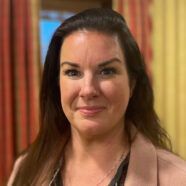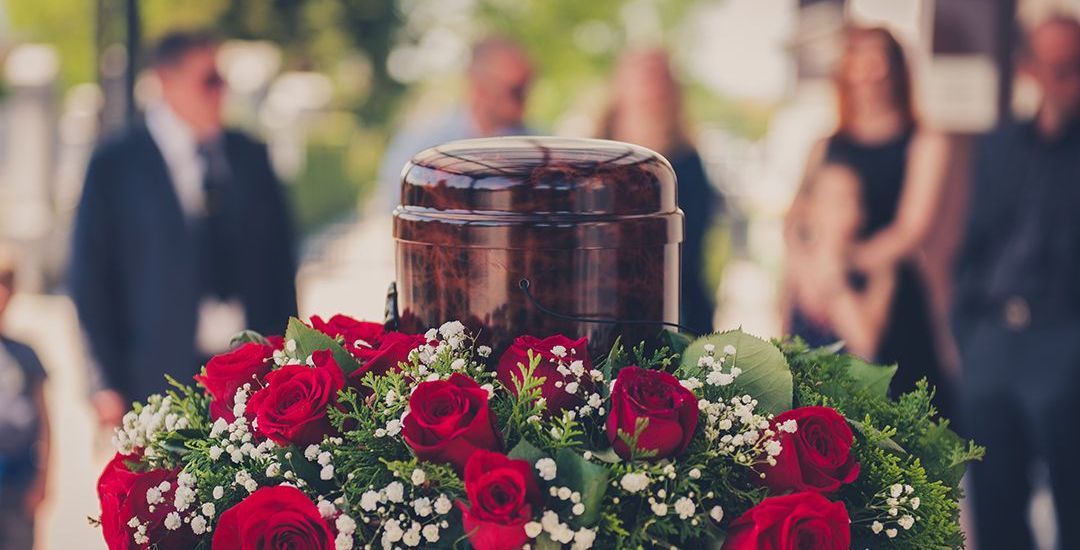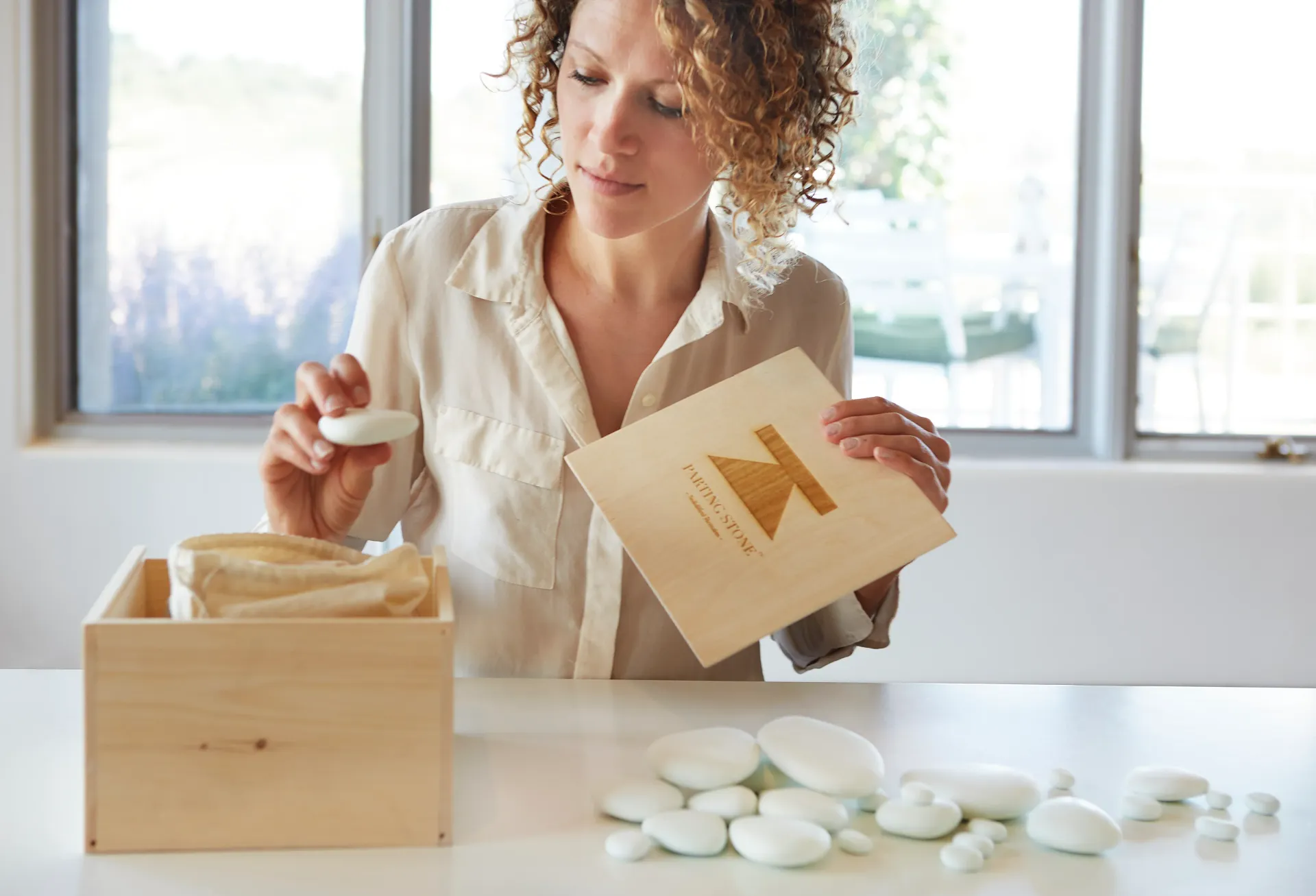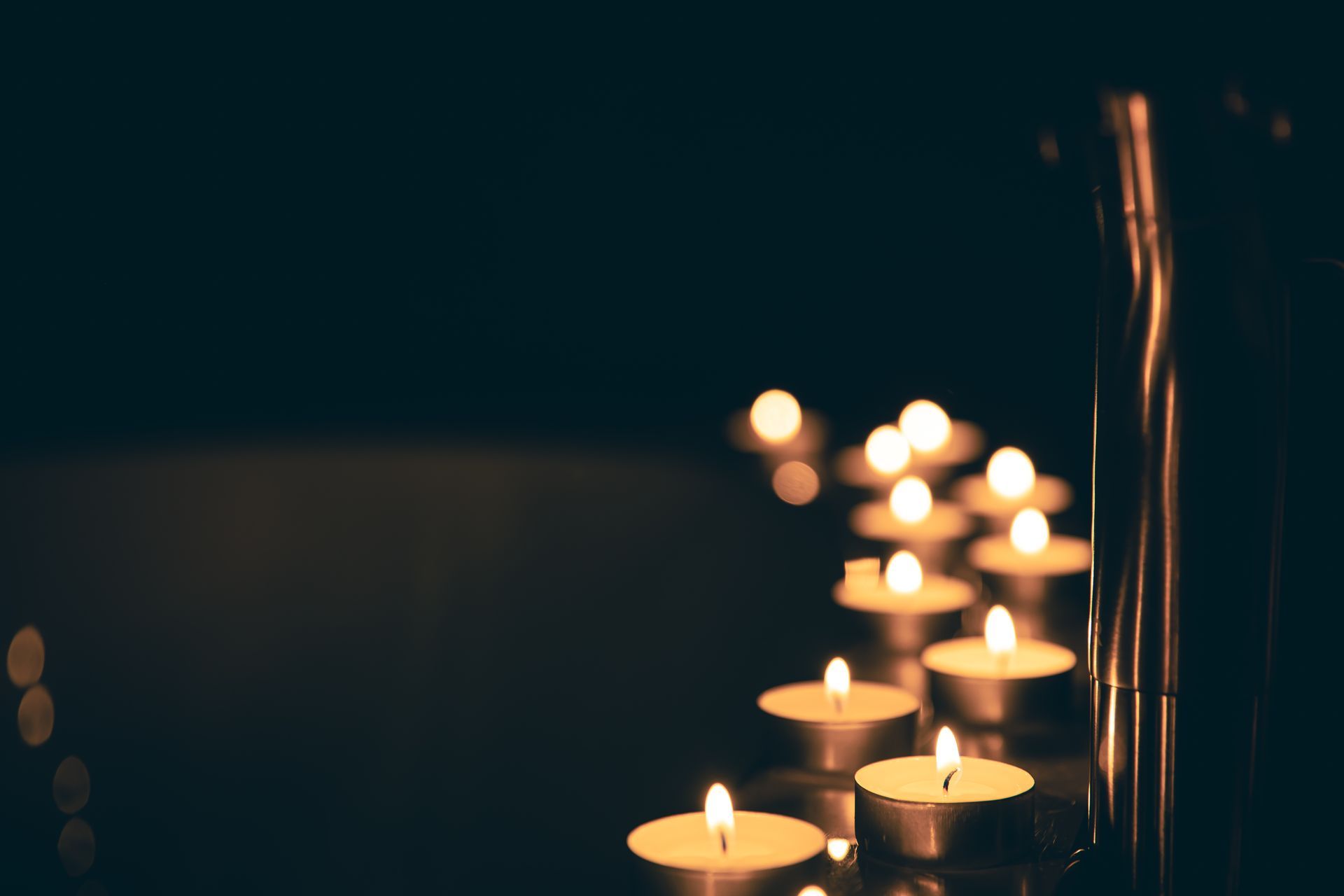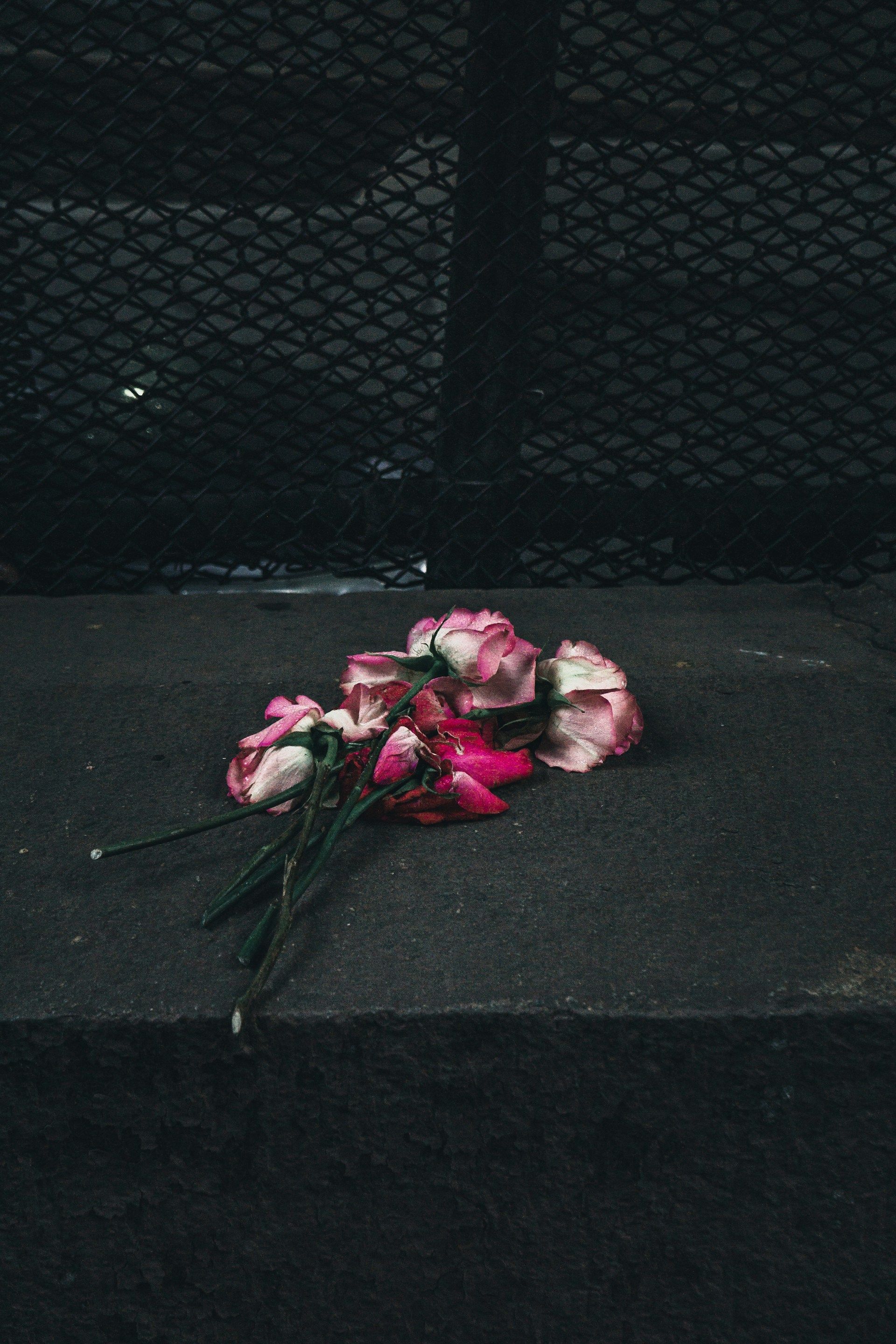How to Stay Happy and Healthy: 5 Tips for Seniors in 2017
How to Stay Happy and Healthy: 5 Tips for Seniors in 2017
It’s common to wish someone a happy, healthy New Year, but what is the best way to accomplish that goal? Today’s seniors are living longer than ever before and want to stay as happy and healthy for as long as possible. Of course, eating well, getting enough sleep and regular exercise are essential to maintaining good health and happiness, but maintaining your emotional health is just as important.
Making healthy choices, such as not smoking and eating nutritious foods, contributes to your physical well-being, but cultivating happiness not only makes you feel good but keeps you healthier as well. An article in the AARP Bulletin
cites two studies that show how positive attitudes and sunny dispositions have as strong an impact on our happiness now as our overall health later in life. People who are happy live longer and have better health than unhappy people, according to a study in Applied Psychology: Health and Well-Being.
Start feeling happier and boost your health now and into the future with these five mood lifting activities:
- Sense of purpose – maintaining a sense of purpose in life is critical to our emotional well-being as we age. After the kids are grown or we retire from a long career, we need to find ways to stay connected to a larger purpose. Volunteering your time to help others provides that connection to a higher meaning. In addition, volunteers who devote time to helping others report more happiness and better health than those who don’t volunteer. Taking up a new hobby; visiting a senior center; joining club; or connecting with your spirituality are other ways to infuse your life with meaning and purpose.
- Positive attitude – The mind-body connection has a powerful influence on our health and well-being. Keeping a positive attitude is a key element in feeling happy and keeping our bodies working well. In fact, positive thinking increases energy levels, creativity and productivity as much as 30 percent. Find the joy in life by focusing on the present and not regretting the past or worrying about the future. If you notice a negative thought, try writing it down on paper then tearing it up or throwing it in the trash. A study by the University of Madrid showed this physical destruction of negative thoughts helps to mentally dispel them. Be grateful for what you have in life instead of focusing on what you don’t have. Keep a gratitude journal and write down three things you’re grateful for each day. Appreciate what you are able to do and the things you can still enjoy doing given your current physical and mental condition. If life is particularly challenging, try to find the silver lining and use the situation as an opportunity for growth.
- Laugh more – Laughter can be the best medicine not only for your physical health but for your mood as well. Laughter creates a physical reaction in the body that boosts the immune system and helps the endocrine system function better. According to the AARP bulletin : “In addition to helping prevent heart disease, a good laugh increases the number and activity of disease-fighting cells, dulls pain, reduces levels of stress-related hormones and prompts the release of feel-good chemicals called endorphins.” A good sense of humor takes the sting out of difficult situations, maintains a healthy perspective on life, and keeps you from taking yourself or life situations too seriously. Watch a funny movie, find and share a joke online or remember a time that made you laugh. Laughter brings joy and keeps you healthy in mind and body.
- Stay connected – one of the most important aspects to staying happy and living longer is staying connected. Studies have shown that those with a healthy social life live longer and have better health than those with poor social connections. NewsUSA asked Dr. Philip Painter for advice on how seniors can stay happy and healthy at home: “In our experience, the combination of healthy lifestyle choices and social engagement is critical to people extending their independent living years,” says Dr. Painter, Chief Medical Officer for Humana at Home. Staying active is crucial to happiness later in life. Youthful Aging Home Health states, “Among retirees, the happiest participate in three to four activities regularly, while the least happy only do one or two things.” To increase your social connections, visit a friend; take a class at a senior center; join a knitting circle; or participate in a book club.
- Appreciate Nature – The natural world is an integral part of our health and well-being. Being in natural surroundings and breathing fresh air restores our souls; stimulates the mind; and boosts our ability to concentrate. Those who participated in outdoor activities were found to be significantly less angry, depressed and tense by researchers at the University of Essex in England, as reported in the AARP bulletin. While taking a trip to a National Park brings us closer to nature, you can find the same benefits in your own backyard. Walking, gardening, or visiting a local park or arboretum will provide all the health benefits of nature on a grander scale. If the winter weather is keeping you indoors, spend some time looking out the window at the snow falling or the birds flocking to your birdfeeder. If you do go outdoors, bundle up to keep warm and you’ll be able enjoy the natural winter wonderland.
Taking care of your physical health is fundamental to long-term health and happiness, but it’s important to manage your emotional health as well. Get the most out of each and every day in the coming year and appreciate the good life that comes from staying happy and healthy.
Photo credit: Scott Griessel /123RF.com
